The Insane History Of Female Demons
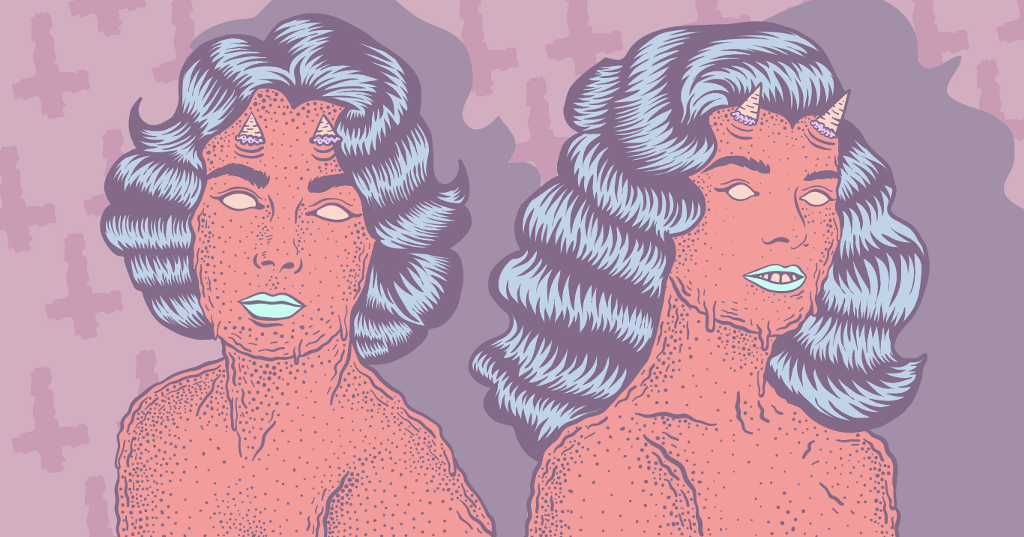
Hell hath no fury like a demon scorned.
When conservative radio show host Alex Jones takes to the airwaves to quite literally call Hillary Clinton a “demon,” you know you’re living in interesting times. But female devils, demons and underworld creatures aren’t anything new. In fact, they have a long and robust history throughout the world’s cultures. Come descend into the depths, where we’ll meet some of ancient history’s most famous demonic damsels. Between strangling infants and chopping off farmers’ heads, these apparitions were some of the busiest creatures in the otherworldly realm.
Judeo-Christian
According to the pre-Christian religions of Assyria, Sumeria and Israel, demons came in both genders and preyed on mortals equally.
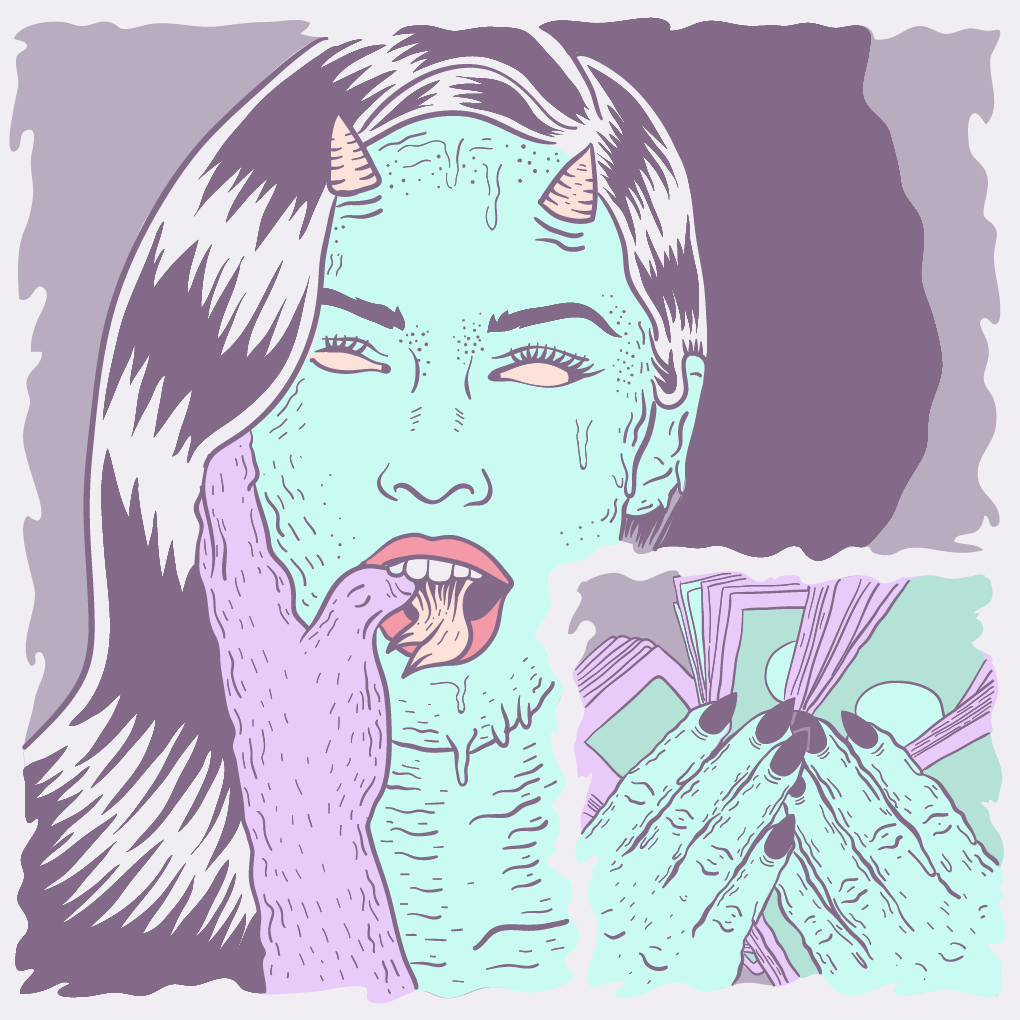
The Testament of Solomon is probably the most exhaustive chronicle of early demonology. Written sometime in the 1st century AD, it describes how the legendary biblical ruler built his namesake temple while contending with a number of demons and other spiritual creatures.
In the Testament, the male fiend Ornias takes the appearance of a beautiful woman in order to mess with a young boy constructing Solomon’s temple. Every night Ornias would appear to the boy, suck his thumb (that might be a metaphor for something) and steal half his money. The creature was vanquished when Solomon gave the boy a magic ring to throw at the demon.
That same book also introduces us to Obizuth, a female demon who wanders the globe finding women in childbirth and strangling their children in front of them. Solomon has her tied up by the hair to the front of the Temple and put on display for the people to witness his command of the fiends.
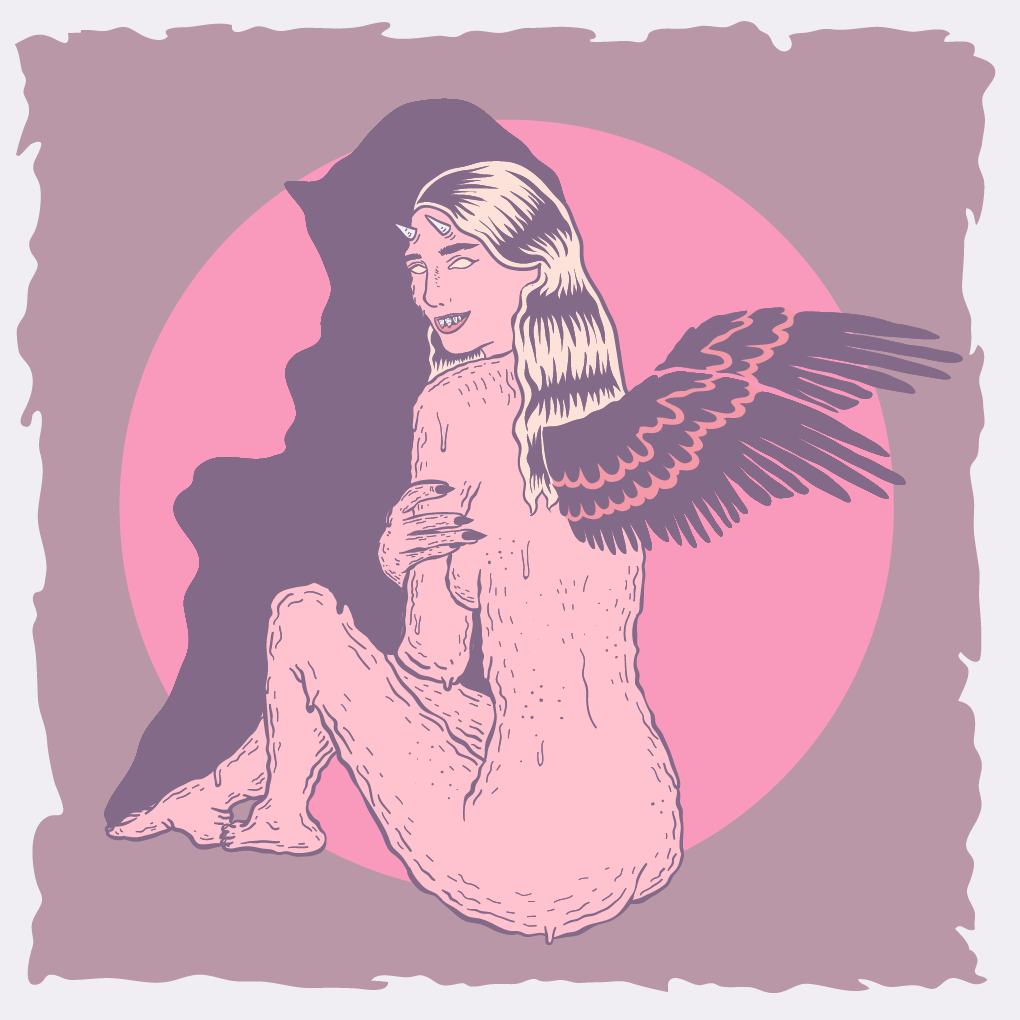
One of the most compelling tales of pre-Christian demons is Lilith, who in early versions of the Old Testament is Adam’s first wife, created by God at the same time as the first man. Unlike Eve, though, God didn’t create Lilith from Adam’s rib—instead, she’s made of “filth and dust.” When Lilith refuses to lay underneath Adam during sex, she pronounces the forbidden name of God and flies away. Her new form is a winged demon who kills mothers and children during the birthing process.
Lilith in many stories is considered the first succubus, the most famous female demons in Judeo-Christian mythology. As time went by, succubi underwent a strange metamorphosis. Instead of being naturally female, they became male demons who changed their shape to corrupt men and women alike.
Why exactly the early priests felt the need to make being devilspawn a man’s job was anybody’s guess. Legends describe succubi taking female form to harvest sperm from males, and then transforming into men to impregnate women with the stolen fluid. That seems like a lot of work for something regular, non-demonic people would be doing, anyway.
Some historians speculate that the legends of these sex demons were created to explain away inconvenient things like “mysterious” pregnancies, wet dreams and other ungodly behaviors.
Ancient Greek
In ancient Greek mythology, one of the most notable female demons was Lamia. Once a queen, she had a dalliance with the god Zeus. That pissed Zeus’s wife Hera off enough to curse his side piece into becoming a half-snake that eats people’s children. Some tellings also leave her with eyes perpetually open, always on the hunt for tender young flesh.
Slavic
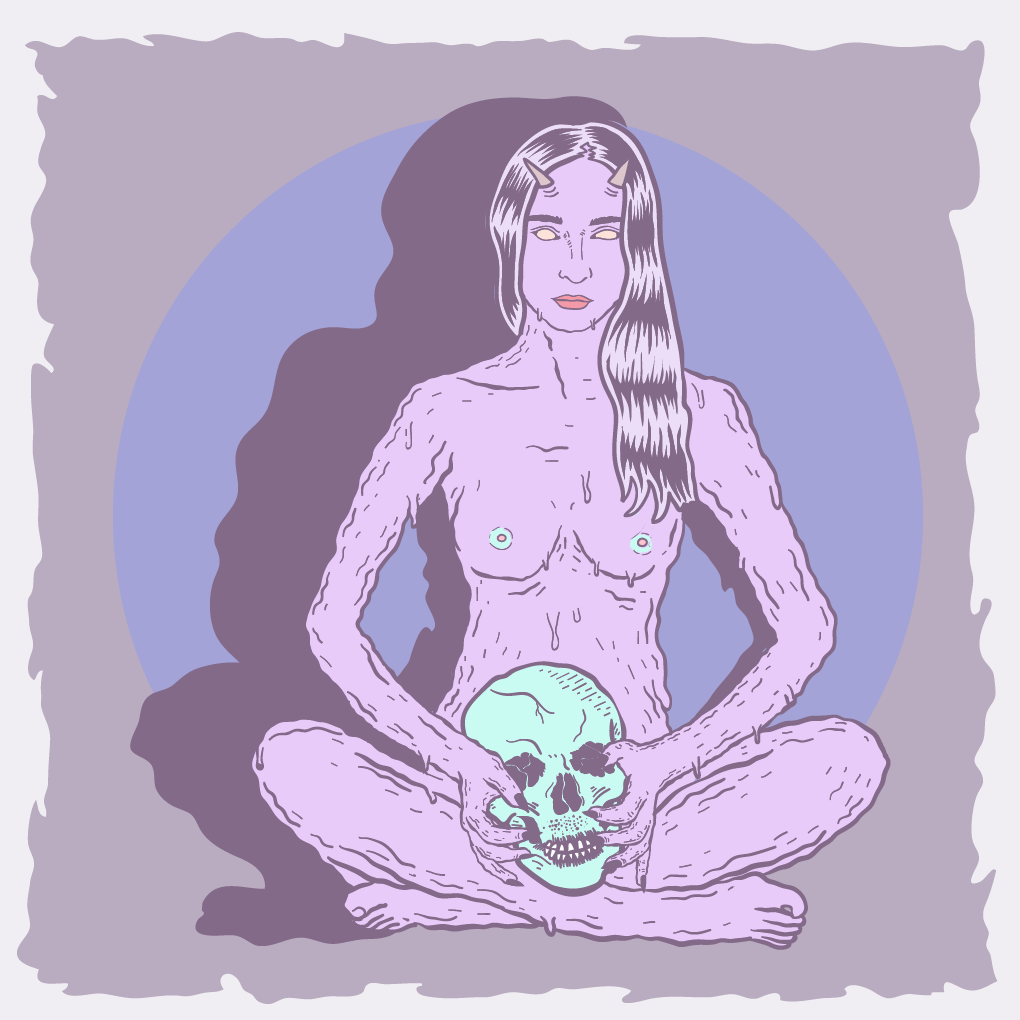
Eastern Europe has its own supernatural traditions, and one of the most fearsome females in Slavic lore is Lady Midday, also known as Poludnitsa. Farmers toiling in their fields were confronted with this apparition, who would ask them questions and chop their heads off if they took too long to answer. She would also afflict the workers with sickness and heatstroke.
Asian
Over in Asia, they have their own rich tapestry of messed-up mythology. Japan’s mythical creatures, known as yokai, are fascinatingly diverse, coming in hundreds of different forms. They prey on travelers and people wandering at night, and each region has its own supernatural occupants.
One of the most famous of the yokai is Onibaba, an elderly demon woman who lives in a cave and lures travelers to their deaths. Many different manifestations of her appear in folklore, but historians believe she was actually based on a real woman who lived in Adachi-ga-hara. A museum in the area displays the knife and cooking pot she used to slay and boil her victims.
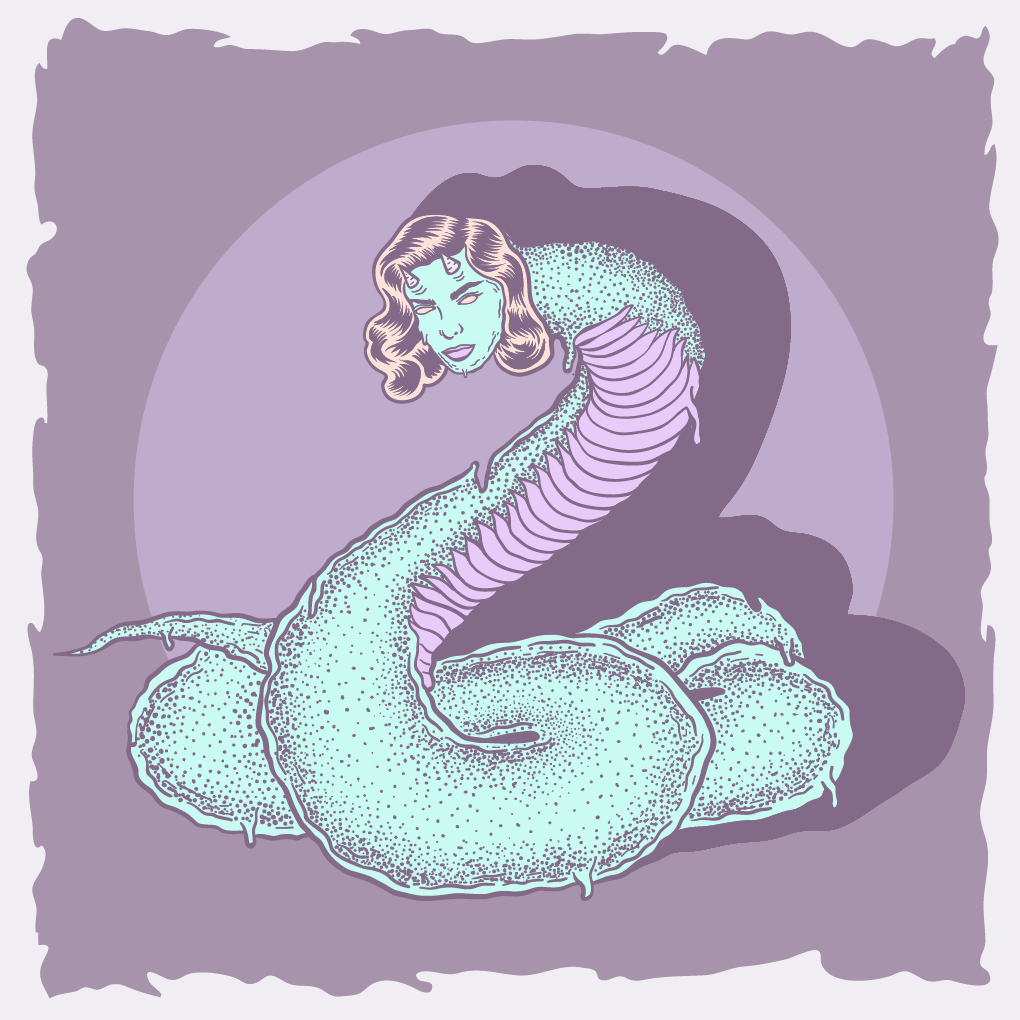
Nure-onna is a disturbing beast, a massive serpent with the head of a woman that tricks people into holding her “baby” then sucks the blood from them while they’re paralyzed. The baby takes on massive weight and can’t be put down. This also seems like some kind of metaphor.
We can see some interesting commonalities among these female demons. Instead of overwhelming their victims by force, they use deceit and trickery to lull them into a false sense of security, and then kill and often eat them (or at least drain them of vital fluids). It’s easy to see how negative stereotypes about women made their way through history embodied in these demonic creatures.
